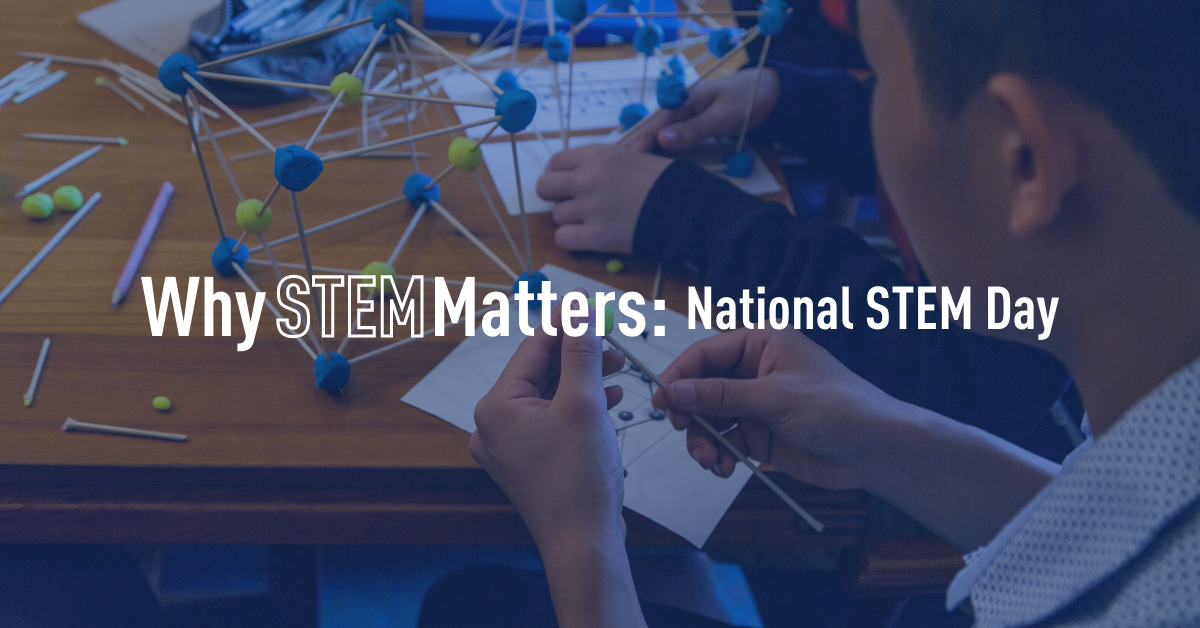National STEM Day celebrates the importance of interweaving science, technology, engineering, and mathematics into our everyday lives. We sat down with Ms. Anna Whiting, a Minneapolis elementary school teacher, to hear more about her experience on why STEM education matters today and every day.
Why is STEM important in education?
“Future jobs are constantly evolving and demand skills learned in STEM. The kindergartners at my school will graduate in 2035, and these students cannot even imagine the world changes in thirteen years, but yet they are engaged in activities that they do not even know will help them in their lives, careers, and endeavors. It’s as if they are playing and do not realize they are learning. STEM develops skills such as problem-solving, teamwork, imagination, creativity, building, planning, writing, art, and growth mindset.”
How does STEM enhance communication and teamwork skills?
“Developmentally, younger students have a difficult time sharing, but as a gradual release tactic is introduced from individual to partner to group work, they initiate problem-solving by taking turns, sharing and accepting all ideas, actively listening and blossoming in confidence by following the engineering design process: ask, imagine, plan, create, improve.”
What do you love most about teaching STEM?
“I feel like a kid myself as I get to use my creativity to develop my own curriculum for students in K-5. It feels like playing and discovering along with the students. I love when the students persevere and get so creative as they problem solve and design model technologies with a variety of materials. Engineers would be absolutely amazed at their incredible ideas! I love when students ask me in the hallway when is STEM again or what are we doing in class today. It makes me happy and content knowing they want to come to STEM class. I love their free, unscathed imaginations!”
What is the biggest impact you think STEM has had on your students?
“ALL students get to use their imagination and work along with their culturally, academically, and socially diverse peers. STEM class is a safe place where all students can and do succeed. I have seen students who are just learning English participate by drawing an incredible plan or helping with the final model, or students who are affected by major trauma or diagnosed with ADHD become completely engrossed in what they are doing and can forget about external influences. They feel empowered.
My biggest dream is to connect elementary students with engineers to use youthful, untapped imaginations to deal with our real-world issues. This is where our universal answers can be found.”

